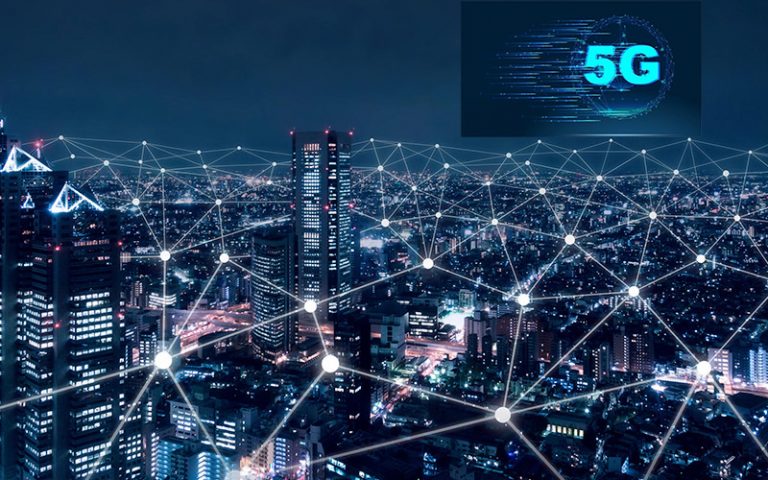Health Effects of 5G Radiation

The health effects of radiation from 5G are being debated, but one study has suggested a link between RF radiation and the development of cancers in male rats. This study was classified until it was removed at the end of 2012 by Central Intelligence Agency, but it demonstrates that radiofrequency could cause cancer in animals, and even humans. In the research, scientists were exposed to male rodents for 15 days , and found that they developed the same types of cancers as human beings do.
The health effects of 5G radiation
While the rapid growth of wireless communication has led to the development of 5G technology however, there is a growing concern regarding the health effects of the radiation from 5G. Although higher frequencies do not penetrate the body as deeply as the older technology, researchers have identified potential effects on the system and are calling for more research. To ensure that the population is safe, it is the European Commission is requesting independent studies to determine whether the technology poses any health risks.
It is crucial to remember that there is a significant number of misinformation about the health effects of 5G, and it is essential to dispel any misconceptions that persist. Although the technology isn't yet widespread but there are a lot of people who are being told it can cause health issues typically through social networks where sensational language is used.
Beamforming technique
Beamforming is among the most important technologies for the 5G wireless networks. It is a technique which makes use of several radiating elements to produce narrow beams. The aim of beamforming is to reduce the amount of unwanted radiation within the resultant signal. This method is widely employed for wireless communications systems, and is vital to 5G's cost-effective coverage.

This technique works by electronically weighting the individual signals from each antenna. This produces the narrow beam of radiation that enhances coverage of cell phones indoors as well as near the edges of cells. This is crucial as poor coverage can cause lower user satisfaction. Apart from improving the signal beamforming can help reduce the amount of noise a user receives from other devices.
Power density
The energy density of 5G radiation from cellphone towers is comparable to the previous generation of 4G and 3G systems. Learn here behind the low power density lies in the sensitiveness of electronic components. The maximum radiation output of a 2G phone was approximate 2 Watts, whereas that of 4G phones was approximate 200 milliwatts.
The power density is a measure of how much electromagnetic energy is absorbed by the body from a particular distance. Power density for radiation 5g is usually expressed in Watts per square meters. Contrary to the SAR measurement, the power density measurement is actually a measurement of the amount of electromagnetic energy in the space. The power density limits can be different for wearables and mobile devices according to their operating frequencies and distance.
Specific absorption
The Specific Absorption Rate (SAR) is a measure that determines the speed at which a certain frequency depositions power in human tissues. In generally, a SAR is not more than two watts per kilogram body mass. This value is derived from the electric field within the tissues and the density of mass, measured by kilograms of mass per cubic meters. http://vanbread5.jigsy.com/entries/general/Health-and-fitness-Effects-of-5G-Radiation was recent applied to the proposed antenna design.
The new radio technologies which comprise the 5G network operate on frequencies that are below 6 GHz. 5g radiation symptoms are also known in millimeter waves. However, The FCC's SAR compliance test only applies to frequencies of up 6-GHz. In addition to that, the SAR test requires that measurements are conducted in phantoms containing tissue simulating medium.
Skin health effects
We have no information on the health effects of radiation from 5G on the skin. Our knowledge of the subject is inadequate because of the absence of in-vivo experiments and theoretic models. There is however an urgent need for more research on the impacts of 5G radio frequency radiation on the human skin. The use of 5G radio frequencies could cause damage to the skin particularly to the epidermis, which is one of the most sensitive parts.
Unlike 4G, 5G radiation is one of the highest frequencies which has been proven to cause heat to human tissues. Human bodies are dipolar, which means that the increased frequency of 5G radio waves could cause heat in the skin. Exposure to 5G radio frequencies may be detrimental to other organs of the body, such as the brain.
